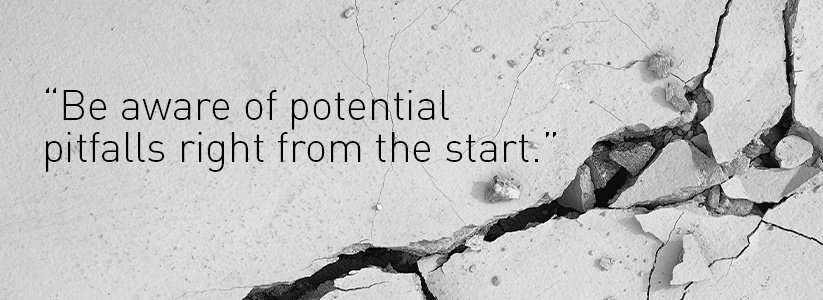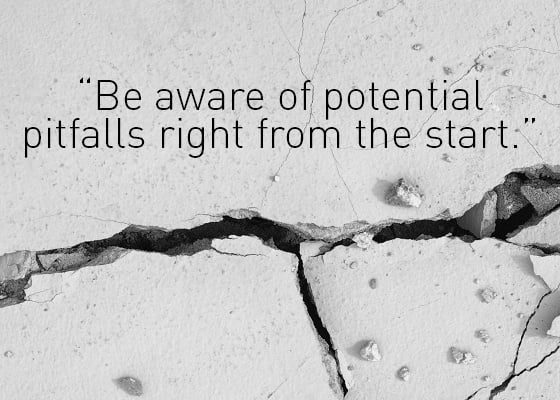
Years of experience have taught us that there are a variety of pitfalls commonly encountered in the development of community heating schemes.
Housing associations, local authorities and other developers need to bear these in mind right from the start in order to avoid slipping up.
Sub-optimal systems
Problems tend to have their roots in poor technical performance of the system, in particular high heat losses, which means the system is not working at optimum efficiency. This can often be linked to:
- High operating temperatures and high return temperatures from connected buildings, which means the heat is not being effectively delivered to customers. This causes heat losses and pushes up operating costs. One solutions is to ensure that the right insulation is specified. Another is to use a twin pipe system, which can cut heat loss as long as the return temperature is below 55 degrees.
- Overestimated heat demand, which can lead to oversized plant capacity, pipework and heating facilities.
One reason is bad planning and heat demand estimation - not designing for an optimum performance or designers using inappropriate standards. For example, the temperature of a system will dictate the choice of service pipe, with metallic systems more suitable than plastic at higher temperatures.
Another reason might be designers using out of date demand data and adding excessive margins for safety.
To ensure optimal performance, designs should be tested against lifetime performance and efficiency at part loads, as well as normal operating levels. Many contracts now require a design life in excess of 30 years, and guarantees need to be in place to ensure this.
Poor commissioning is another reason for bad technical performance, leaving the system operating at suboptimal levels. Commissioning can help pinpoint problems and ensure that systems perform as they were intended, eliminating problems before they can begin and saving the owner time and money. Improved supervision and retro-commissioning are potential solutions.
In the longer term, failure to maintain and monitor a heating system can lead to problems over time. Planned and preventative maintenance, alongside monitoring and alarm systems can ensure this is avoided.
Other pitfalls include Capex overspend, and lower than anticipated carbon dioxide emissions savings.
Dissatisfied customers
Poor technical performance or overspent capex budgets can lead to problems with service provision including:
- Customers facing higher bills linked to higher than expected operating or Capex costs
- Poor consumer experience with heat delivery
- Issues with overheating within communal areas
These issues are likely to lead to residents dissatisfaction, potentially causing payment problems or disputes and raising costs further. The technical problems can be remedied after the project has been completed, but at a far higher cost than if attention had been paid to avoidance early on.
To help ensure expensive late intervention is not required, the CIBSE and ADE Code of Practice provides guidance and rules to ensure developers avoid the pitfalls. In order to maximise the benefits of community heating, you need to get it right in the planning and design stage.
Takeaways
- Be aware of potential pitfalls right from the start
- Avoid high operating and return temperatures as this results in high heat loss
- Get the size right
- Get the testing and commissioning right
- Don’t overspend your capex budget and ensure maintenance and monitoring for longer term success
- If you don’t get these things right customers may end up paying more for a less reliable heating system, potentially leading to disputes and more costs



